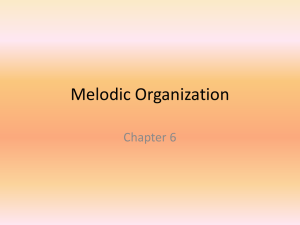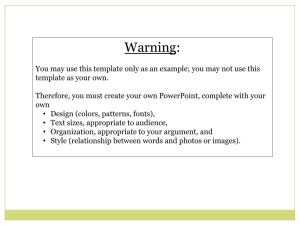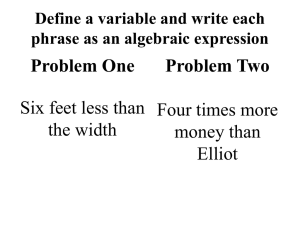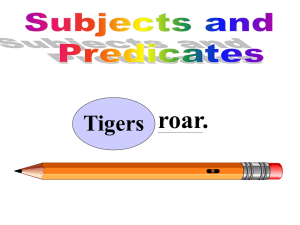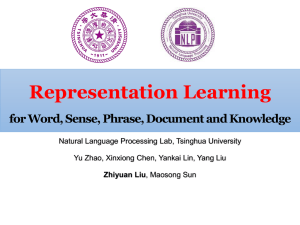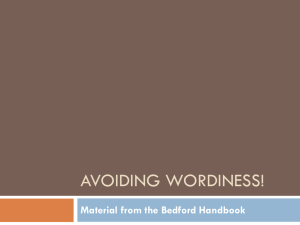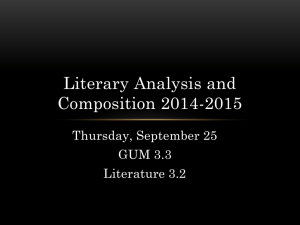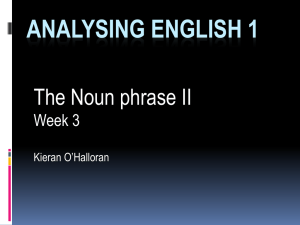Chapter 12
advertisement
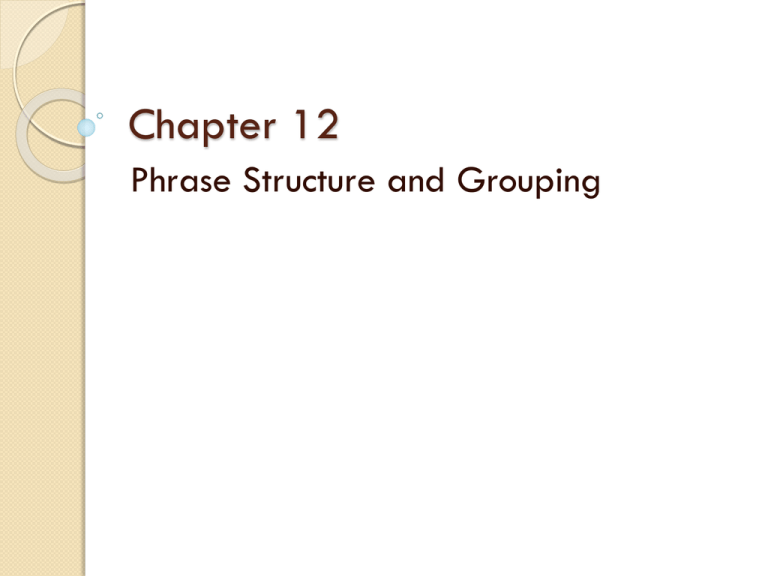
Chapter 12 Phrase Structure and Grouping Phrase Length Consider phrases in grammatical terms: ◦ Open Phrase / Half cadence : question – requires a response ◦ Closed Phrase / Authentic cadence : declarative statement Usually occur in multiples of two measures ◦ Classical era – 4 measures was the norm Can be determined by tempo and strength of cadence Larger Phrase Groupings: The Period Family Antecedent phrase – Consequent phrase ◦ Interdependent ◦ Antecedent (open) : Consequent (closed) Period Classification Period classified according to ◦ Harmonic schemes, tonal structure ◦ Thematic relationship, melodic design Ending on a half cadence (melodic ^2) infers that the consequent phrase will follow and close with an authentic cadence. Question/Answer employs two tonal schemes ◦ I to V – I or I to V, V to I Period Classification – Tonal Structure If both phrases end with an authentic cadence, the first phrase is less dependent on the second for its tonal completion. The ^1 in the second phrase conveys a sense of finality that the less conclusive ^3 of the first imperfect authentic cadence does not. Period Classification – Thematic Design Similarities or differences of melodic content Parallel Period – two phrases beginning with the same or similar idea; the phrase conclusions do not need to correspond Period Classification – Thematic Design Nonparallel Period – Phrases that begin with different melodic ideas Capital letters are used to denote similarities and differences between successive phrases within periods ◦ (A A or A B) ◦ a prime sign ( ‘ ) is used to show a modified repetition; i.e. ( A A’) Period Classification – Thematic Design Note the phrase groups of the melody below. Period Classification – Thematic Design Double Period – if a period ends on V rather than I, the need for tonic resolution requires an additional period A hierarchy Miniature Formal Designs Strophic Form (Vocal Music) ◦ Folk songs, hymns (usually); different stanzas or strophe set to the same music ◦ Refrain; concluding portion of each stanza in which both words and music are the same Small Song Form – Quatrain Form ◦ A A’ B A’ ; B is usually open (V) and A’ is closed ◦ See text Ex 12.9 “Amsterdam” Miniature Formal Designs Binary Form ◦ Two contrasting sections: A B or A A’ B B’ ◦ Not terribly common; original theme does not return at the end. Leave it feeling unfinished. ◦ However, both A & B close on tonic (usually) See Ex. 12.10 Brahms “Wiegenlied” Op. 49, No.4 Ternary Form ◦ Three-part form: A B A Phrase Periodicity The regular recurrence of phrases or periods “Ode to Joy” – 4 phrase periodicty Hypermetric and rhythmic augmentation Phrase Extension, Contraction, & Elision Cadential Extension; used to lengthen a phrase usually by delaying the dominant arrival Internal Extension; used to lengthen a phrase usually by adding or repeating thematic material or by rhythmic augmentation Phrase Extension, Contraction, & Elision Contraction or truncation; shortening a phrase by compressing earlier thematic material or by cleverly deleting it; rhythmic diminution Phrase Elision; when the cadence of one phrase overlaps the beginning of the next; provides a seamless rhythmic flow. Often found at the first orchestral ‘tutti’ of Classical era symphonies Motives and Their Development Motive; melodic fragment no longer than one measure that has a distinctive pitch profile and rhythmic characteristics Used in the development section of songs to fill out the remainder of the phrase by the following ◦ ◦ ◦ ◦ ◦ Repetition Sequence Melodic Inversion Rhythmic modification; augmentation or diminution Alteration of the harmonic setting Pitch and Rhythmic Motives Pitch motive consists of a short series of distinctive melodic intervals that are transposed and restated in a variety of rhythmic settings Rhythmic motive consists of a changing melodic line with strict rhythm retention

